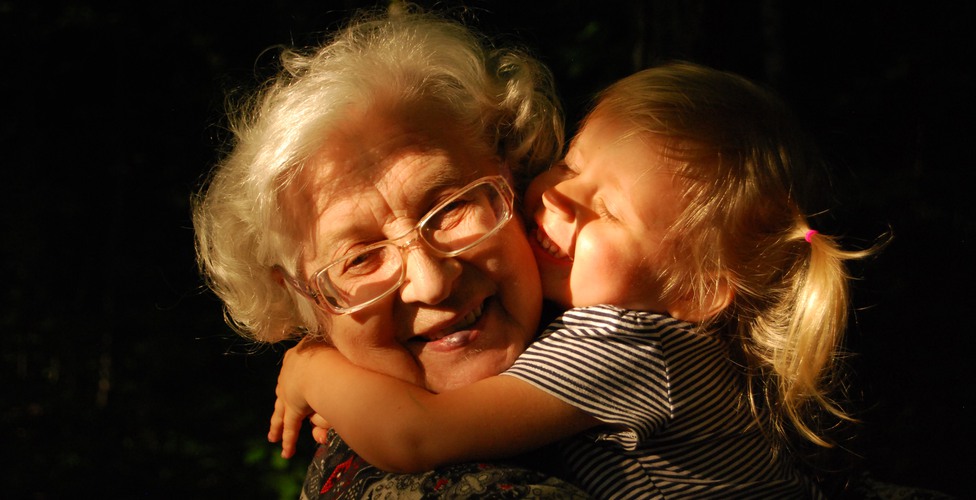A new lab is under construction at the University of Skövde. It will combine psychological experiments in consciousness research with VR technology. Will the scientists succeed in making a virtual hug feel real?

Keep your distance! Social distancing. The coronavirus pandemic deprived us of physical contact, such as a stroke on the cheek or a hug. We watched each other on a screen, interacting at a distance. This often resulted in depression and an increased sense of isolation. But what if we were able to meet virtually but still experience physical contact? Could that even be possible?
At the University of Skövde, researchers Andreas Kalckert, who is a senior lecturer in cognitive neuroscience, and Maurice Lamb, a senior lecturer in information technology, are working together to build a new laboratory. There, VR technology will be combined with psychological experiments in the field of consciousness research – interdisciplinary research aiming to enable us to experience physical touch within a virtual environment, and that could be applied in a variety of fields.
Brand new ultrasound technology
Andreas Kalckert talks about experiments with rubber hands, where participants can experience a prosthetic hand in the same way as their own. The illusion is achieved by touching the real and the fake hands simultaneously. The participant can see the fake hand but the real hand is hidden. The participant can then experience the sensation of touch when the experimenter touches the fake hand. Now the researchers want to introduce this into a virtual environment. Participants will see their virtual arm but will experience the sensation of touch on their real arm.
In order to recreate the sensation of touch, the researchers will use an entirely new technology that has previously been relatively unused in a research context.
“This is a system that makes it possible for the sensation of touch to be generated remotely by projecting ultrasonic soundwaves onto the user’s skin. By combining research in perceptual illusion with this new technology, we will be able to create a real sensation of touch within the virtual reality, remotely”, explains Andreas Kalckert.
Bridging an obvious shortcoming in VR technology
Virtual reality (VR) is predicted to change society dramatically in the years to come. The new lab will enable the University’s researchers to bridge an obvious shortcoming in VR technology. Most of the applications are purely visual, so the user is only able to see the content. Now, researchers want to increase the extent to which we can sense the virtual content.
The researchers believe that the introduction of touch could potentially become relevant to all future applications that rely on VR, and digital communication is one such example. The pandemic is still fresh in the mind of Andreas Kalckert.
“During the pandemic, there was a reduction in physical contact, and this had an adverse effect on our well-being. Future methods of digital communication could include the ability to allow avatars to practically touch each other, whereby users of the technology will be able to experience the sensation of touch.”
Applications within the gaming, healthcare and automotive industries
The range of possible applications is not restricted to digital communication. The gaming industry is another obvious interested party. With this new technology, game developers could create new game scenarios where participants can also feel touch emanating from the virtual content. The addition of the sensation of touch could also be of interest to virtual training programs in nursing. Similarly, driving simulators could implement this technology to achieve a more realistic virtual simulation. It could therefore also be of interest to the automotive industry.
Andreas Kalckert and his colleagues are currently busy completing the construction of the new lab, which will be ready for the first test at the end of the year. He is filled with expectation, and is looking forward to working with an interdisciplinary approach.
“Interdisciplinary research is a key component in resolving the challenges of the future. In our laboratory, we will acquire behavioural data about the participant’s experience, as well as technical data about the virtual reality. This project is a good example of new collaborations between different fields that lead to new questions to which we would not be able to find the answers individually.”
